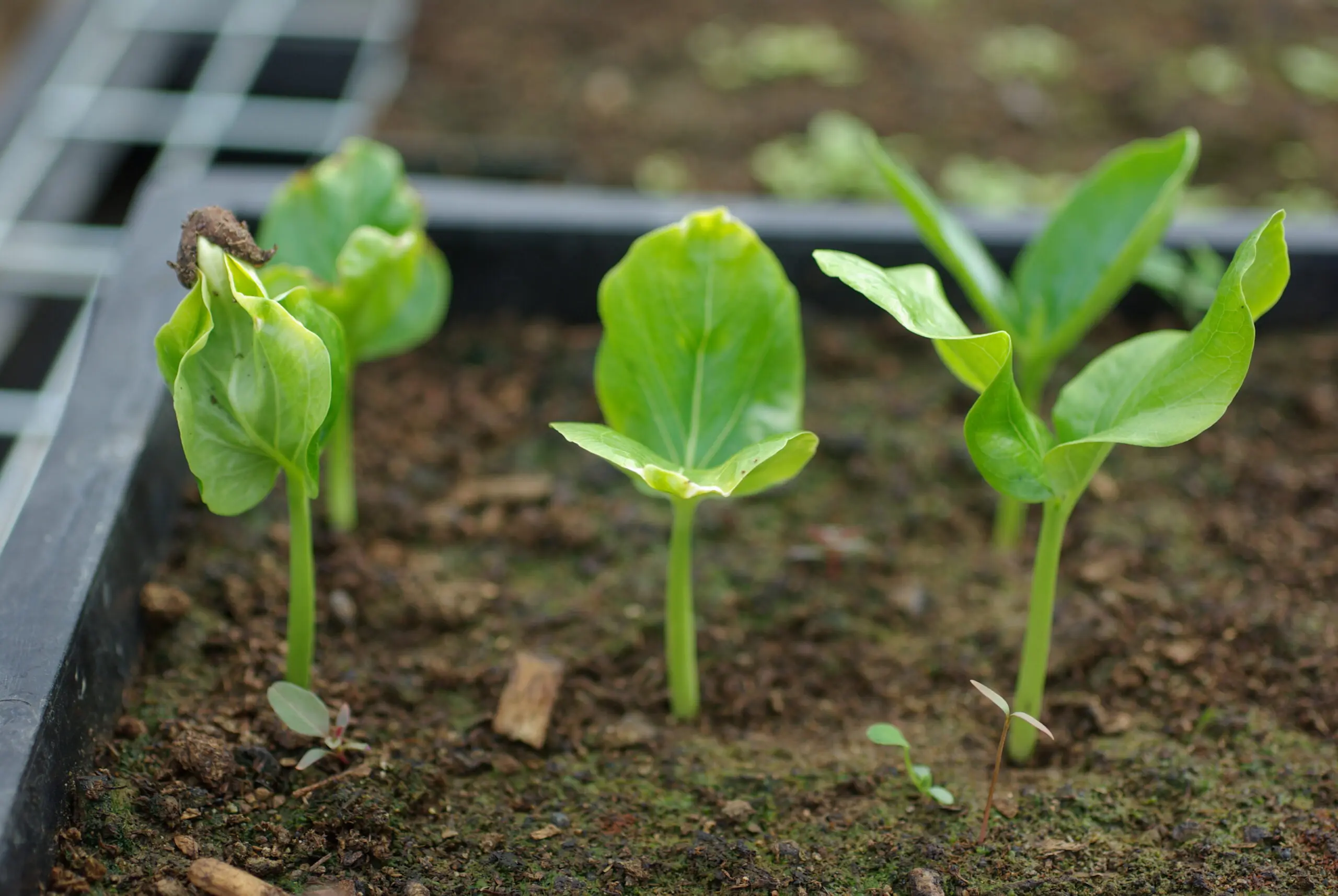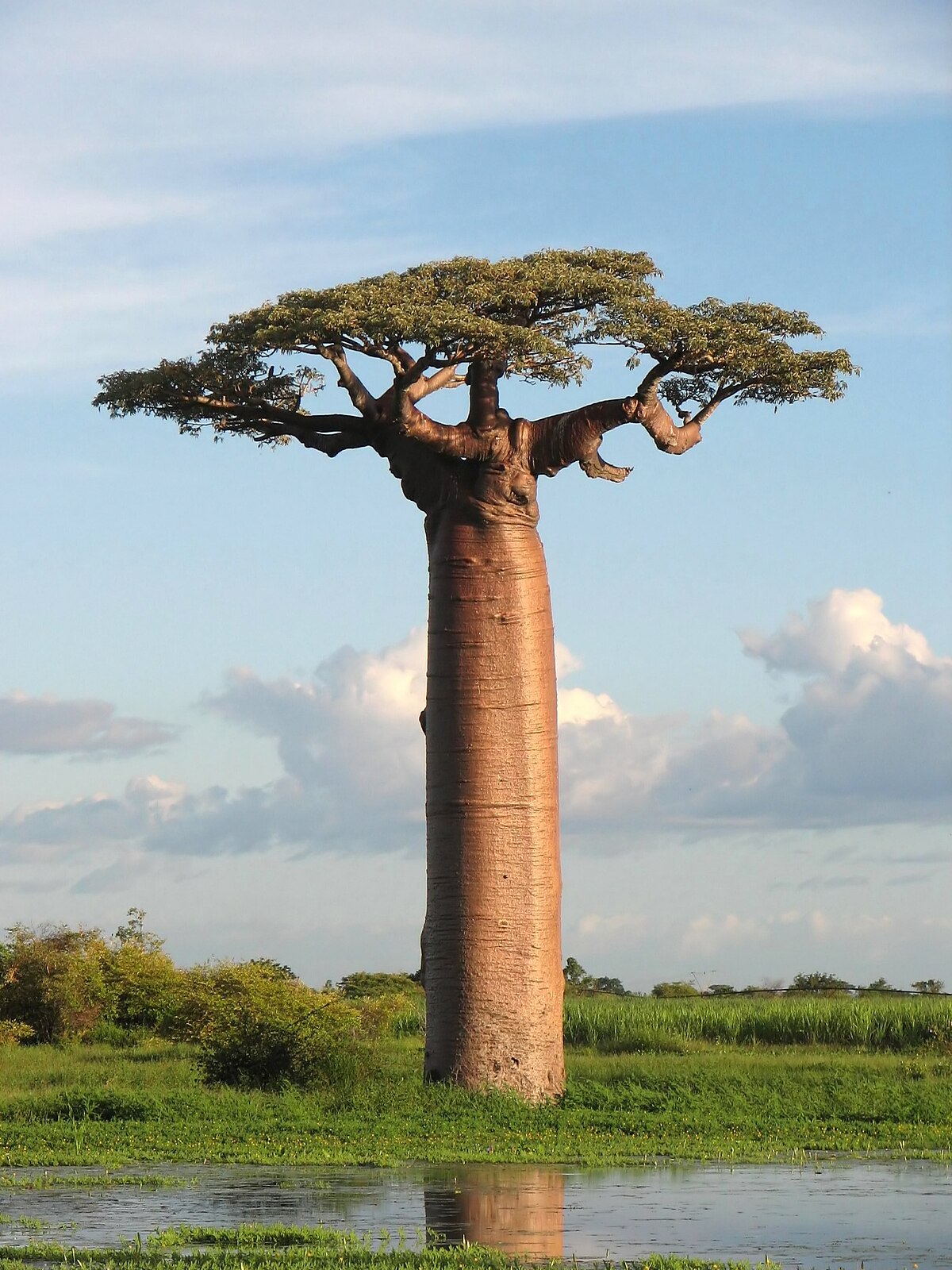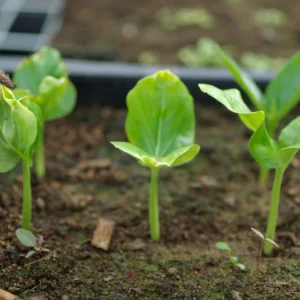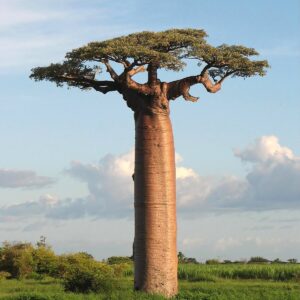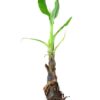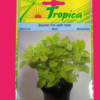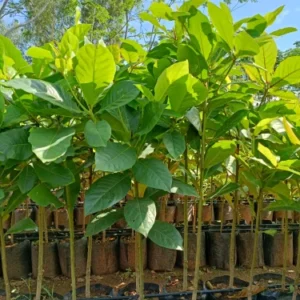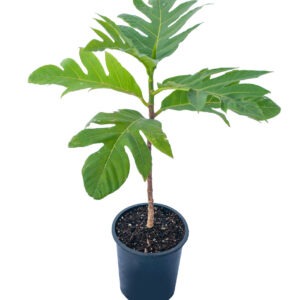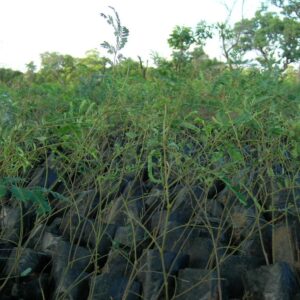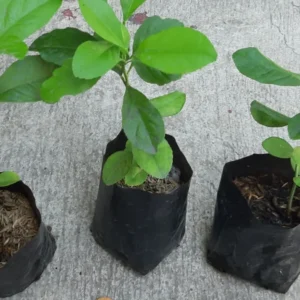🌳 Baobab Seedling (Adansonia digitata)
The baobab tree, often called the “Tree of Life,” is a remarkable African native valued for its fruit, leaves, bark, and even shade. Here’s what you need to know about baobab seedlings:
🌱 What is Baobab?
-
Scientific name: Adansonia digitata
-
Common names: Baobab, Monkey bread tree, “Adansonia”
-
Uses: Fruit powder (rich in vitamin C), edible leaves, bark for rope/fiber, and traditional medicine
🌿 Baobab Seedling Characteristics:
-
Height at seedling stage: 6–12 inches (can grow quickly with good care)
-
Stem: Thick and spongy even when young
-
Leaves: Usually appear after some growth; initially, seedlings may be leafless or have simple leaves
-
Root: Strong taproot that anchors the tree
✅ Ideal Growing Conditions:
| Factor | Requirement |
|---|---|
| Climate | Hot, dry to semi-arid (drought-tolerant) |
| Sunlight | Full sun (very important) |
| Soil | Well-draining sandy or loamy soil |
| Watering | Moderate when young; drought-tolerant as it matures |
| Spacing | At least 5–10 meters apart |
🌱 Planting Instructions:
-
Choose a sunny spot with space to grow wide and tall.
-
Dig a hole twice the size of the seedling’s root ball.
-
Gently place the seedling and cover the roots with soil.
-
Water immediately and mulch lightly to retain moisture.
-
Protect from animals (goats, cows) while young.
🌾 Care and Maintenance:
-
Watering: Regularly for the first year; then reduce
-
Weeding: Keep base weed-free
-
Fertilizer: Add compost or manure once or twice in the first year
-
Pests/Diseases: Rare, but monitor for fungal issues in overly wet conditions
🍈 When Will It Start Producing?
-
Baobab trees usually fruit after 8–10 years, but under good care and improved varieties, it may be earlier (5–6 years).

